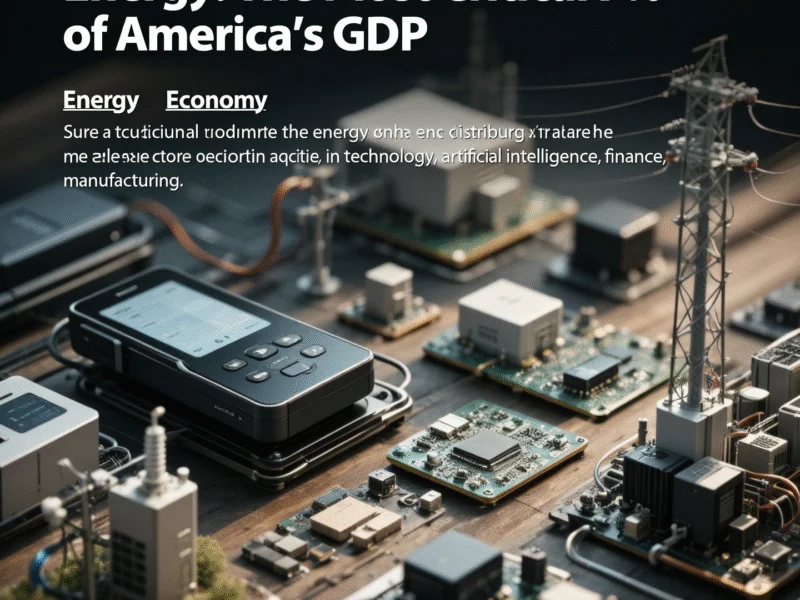Manufacturing Sector Navigates Tariff Turmoil as Reshoring Efforts Stall
American manufacturers are confronting unprecedented tariff challenges with reshoring initiatives failing to materialize as expected. Companies are turning to operational flexibility and lean principles to withstand what analysts describe as the most volatile trade environment in decades.
Tariff Uncertainty Creates Manufacturing Crisis
The American manufacturing sector is grappling with the highest tariff rates since 1934, according to recent analysis from Yale University’s Budget Lab. Sources indicate that average tariffs on U.S. imports reached 18% as of October 2025, a dramatic increase from the 2.4% recorded in early January. This surge comes amid what analysts describe as a “chaotic” implementation of trade policy following the second election of President Donald Trump.


